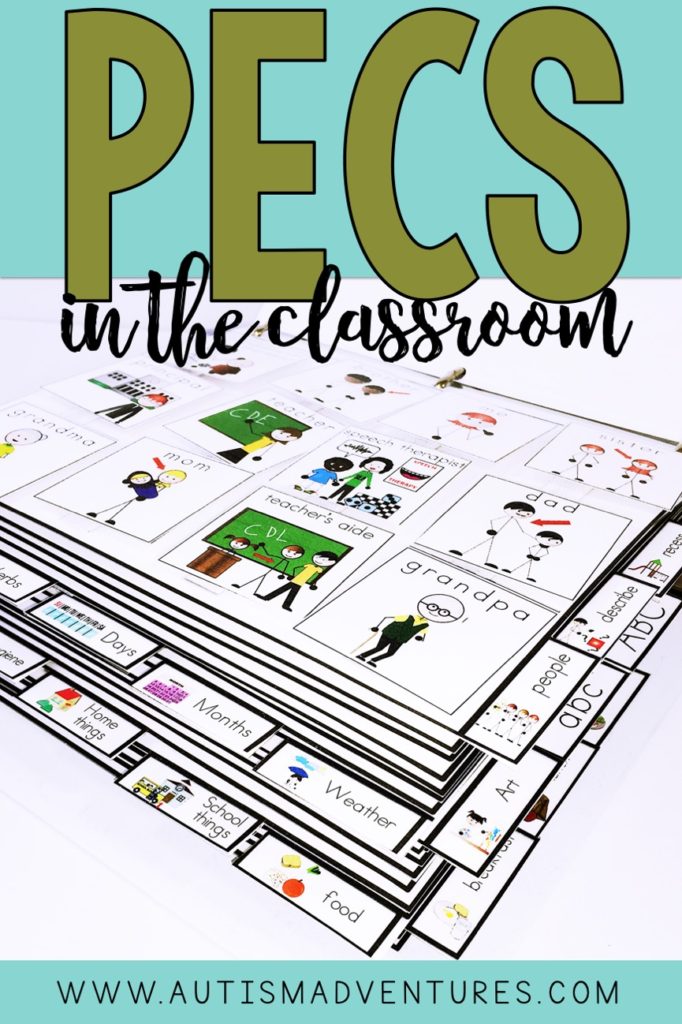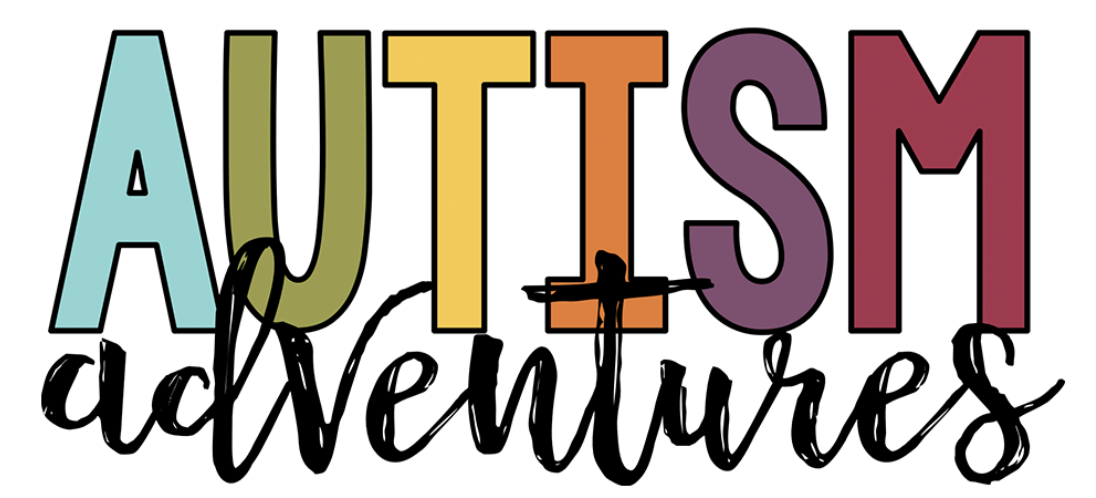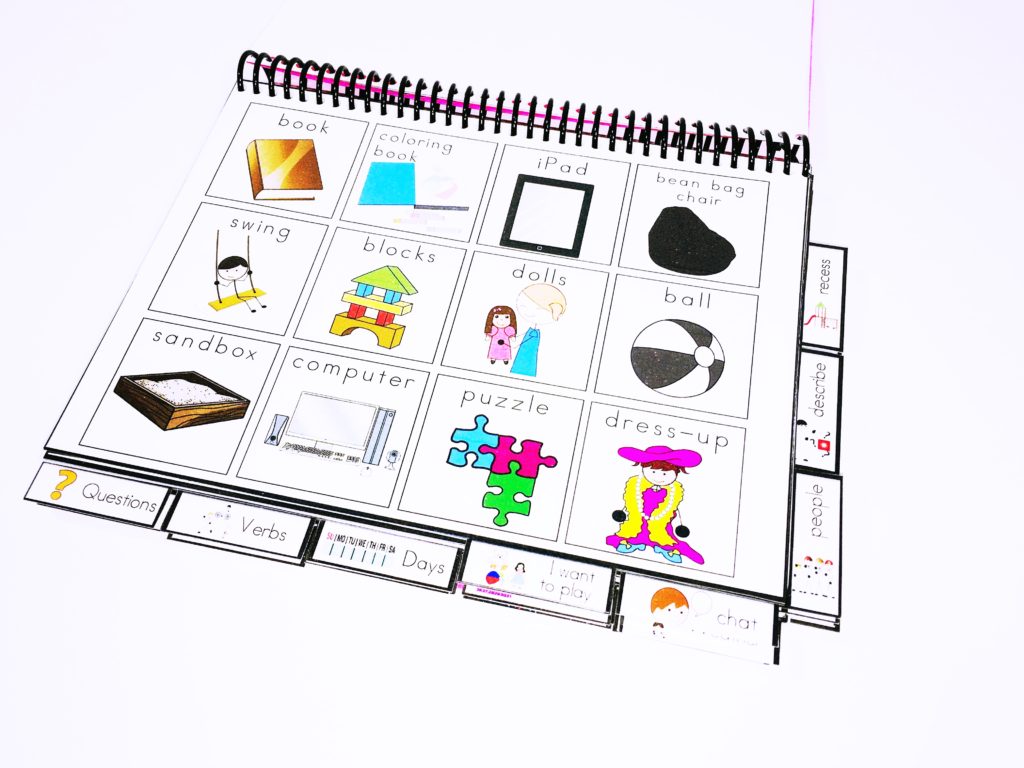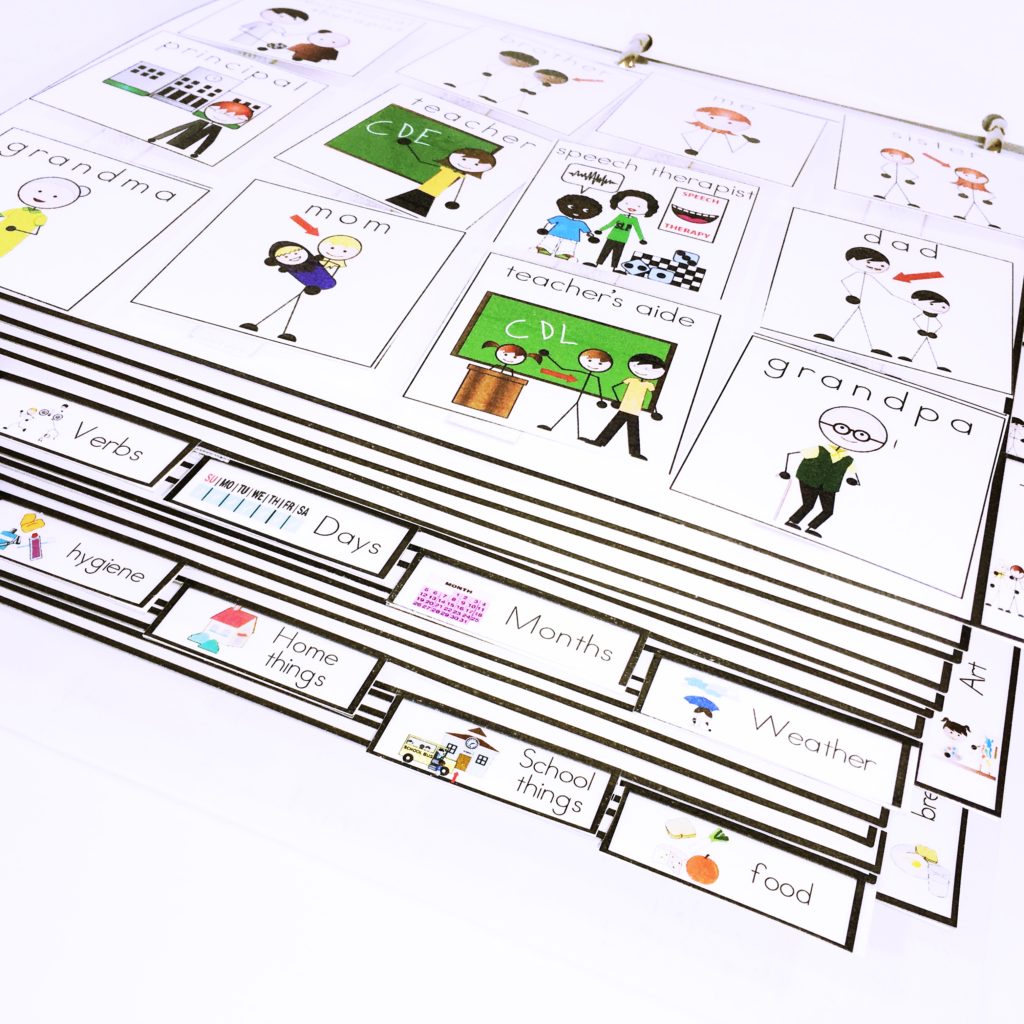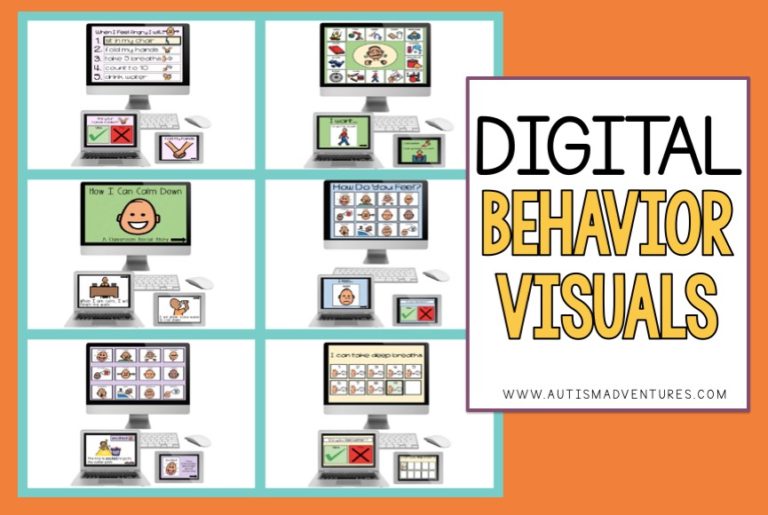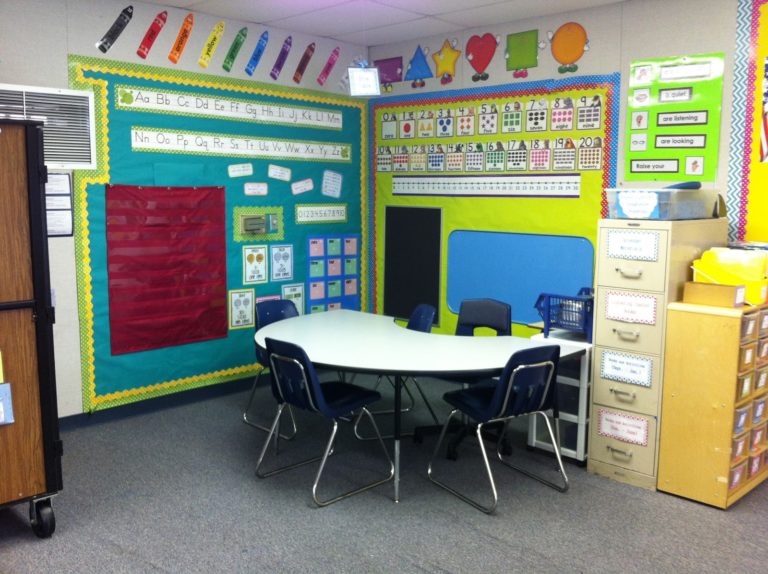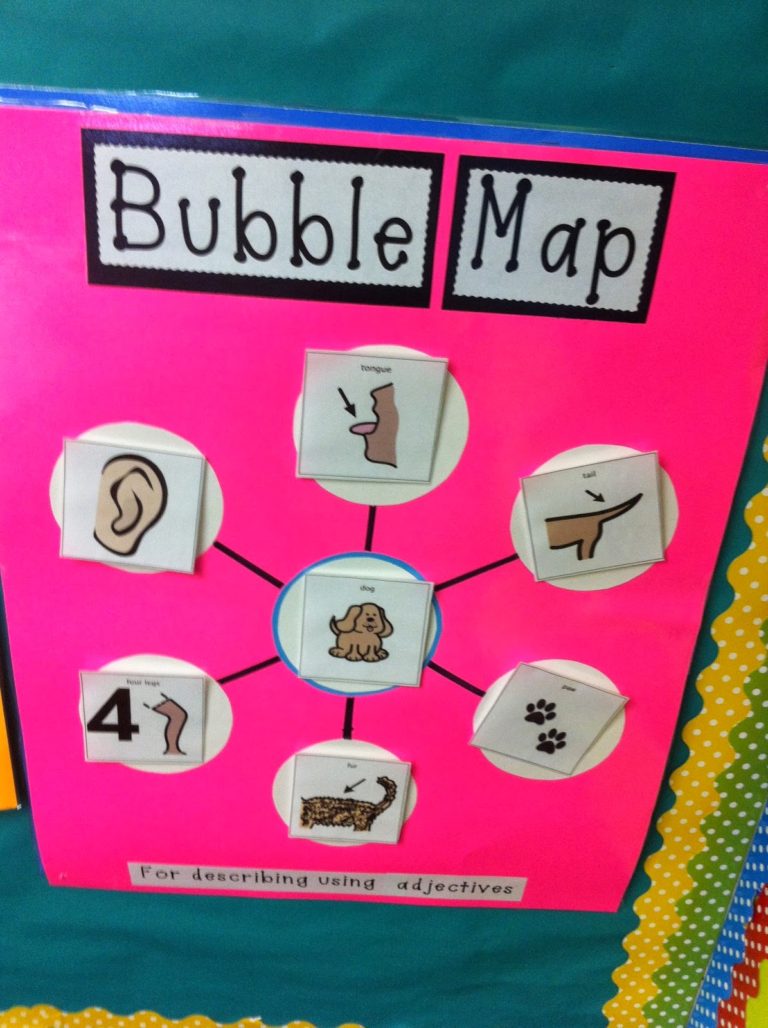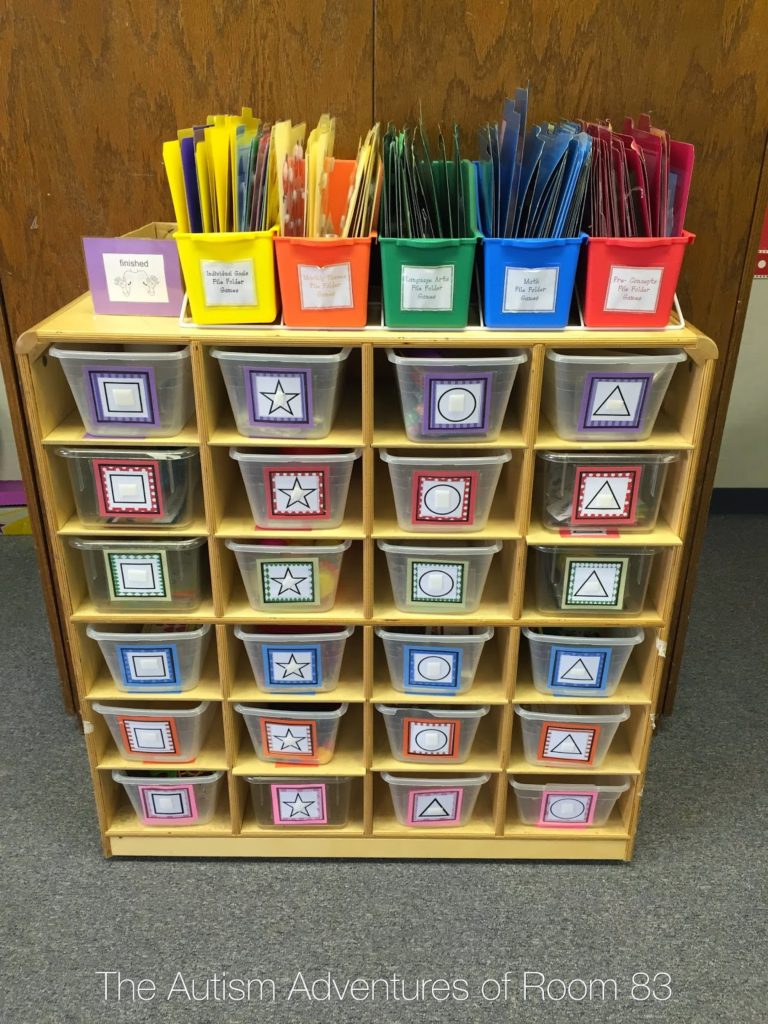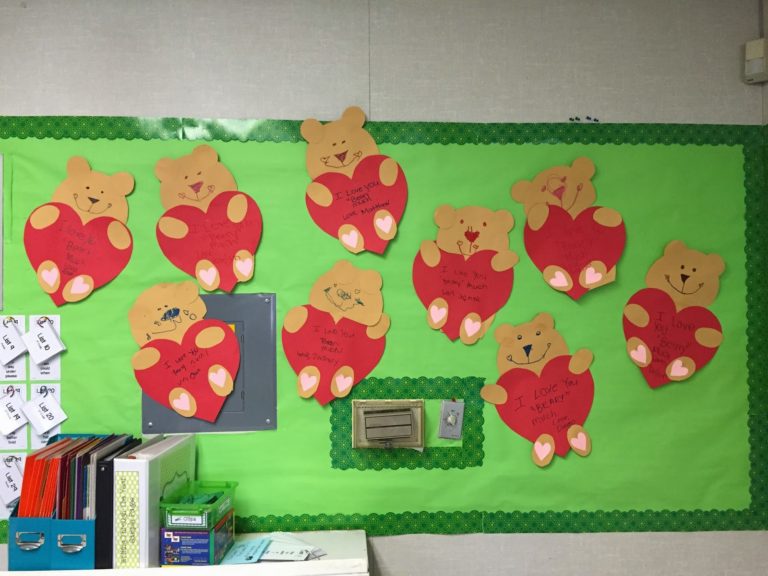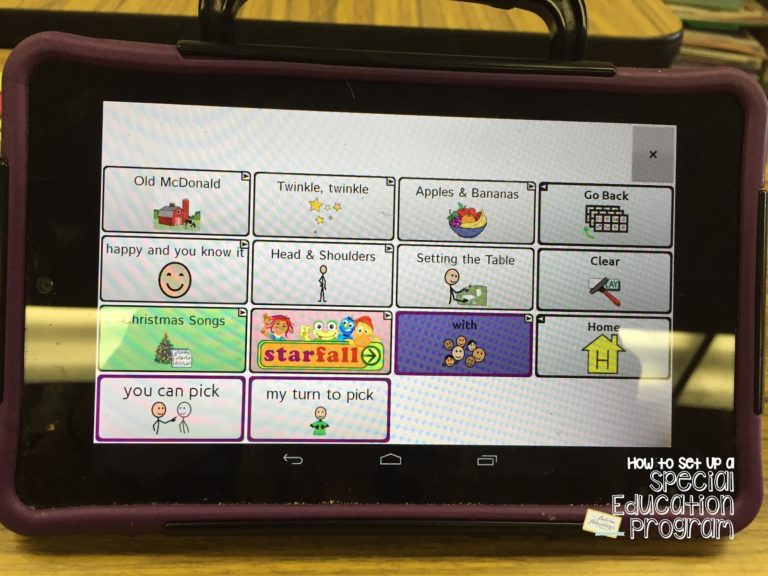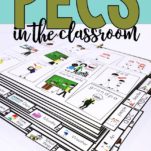All Things PECs
For students with severe communication needs, it is extremely important to find a way for them to communicate functionally. It is so important that our students are able to communicate and have their wants and needs met throughout the school day. I have created a communication book that I used when I was in the classroom with several students. This book uses PECS principles to help you get your students communicating in the classroom! To learn more about PECS, read more below!
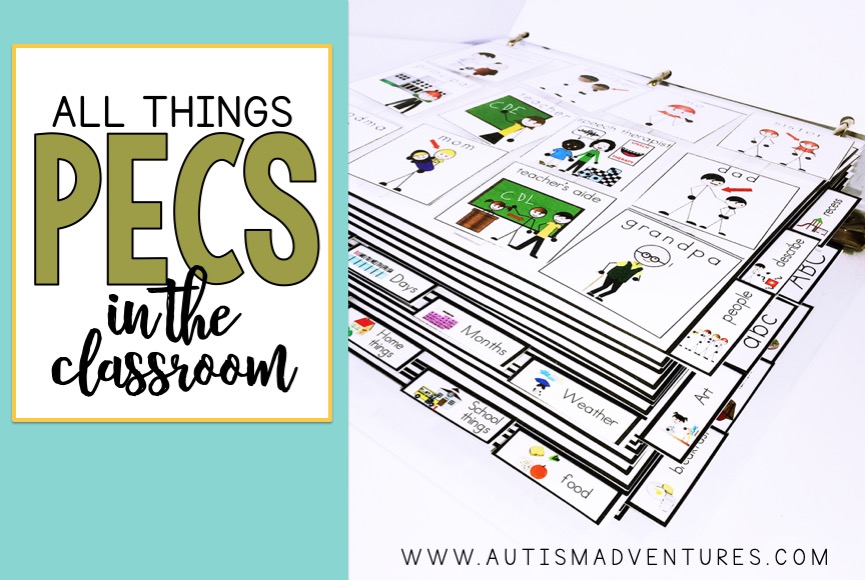
What is PECS?
Here is a little information about how to use PECS and what is included! Picture Exchange Communication Systems (PECS) is an evidence based, alternative and augmentative communication system used to provide individuals with severe speech and language needs a means to communicate. Always consult your schools Speech and Language Pathologist for support and implementation of PECS in your classroom. If you are still trying to determine whether or not your student is a candidate for PECS, see this flowchart for help! https://pecsusa.com/download/FlowChart-IsthispersonacandidateforPECS-Letter.pdf
What is a Communication Book?
A communication book is a tool that can be used in the classroom to help build a communication. A communication book is NOT PECS. PECS is the exchange of picture icons. These are two VERY different things!
I have created a Communication Book that can help you implement a PECS system in your classroom! My book has over 500 picture icons neatly organized into 27 pages. You can customize the pictures and pages to meet your students needs! There are so many to choose from! The pages included in the communication book are:
Included Pages
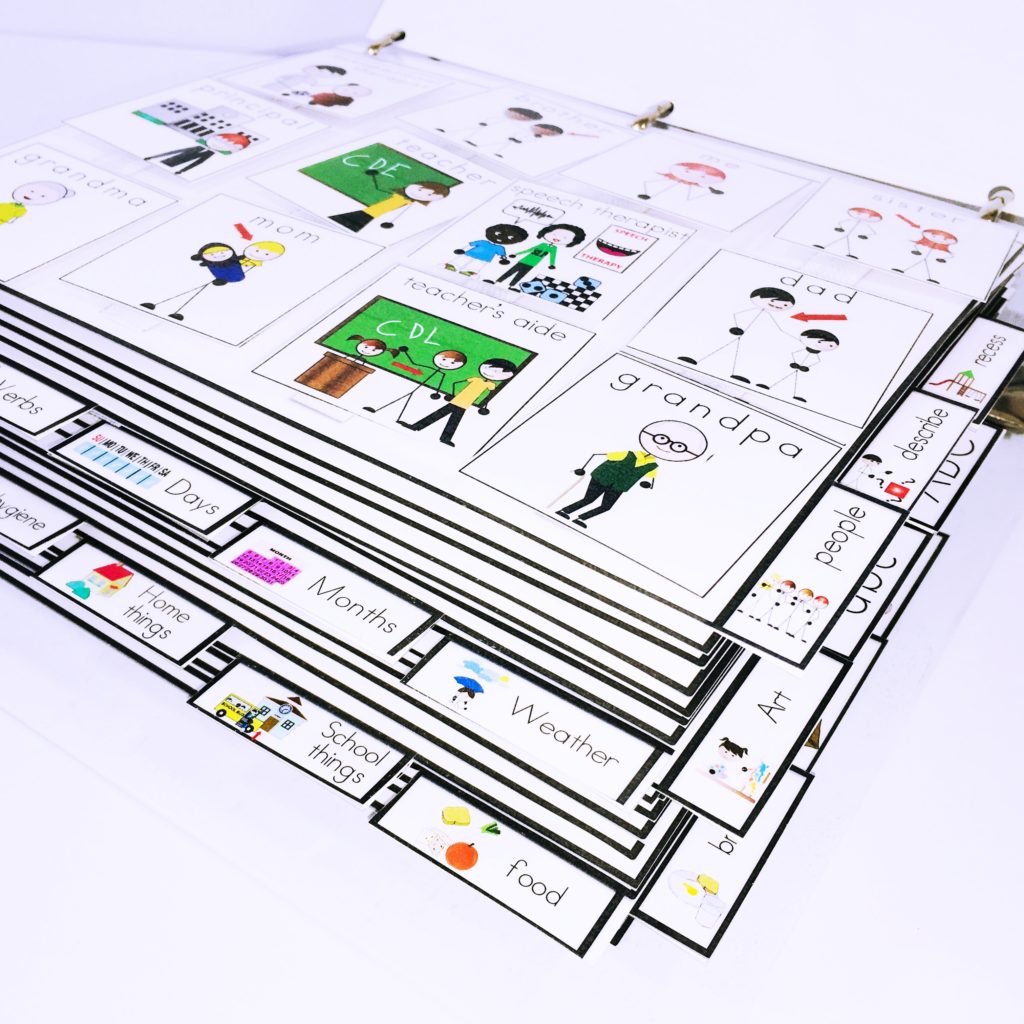
- Yes/No
- I want..
- Let’s Play
- I feel
- I want to chat
- People
- Describe
- Recess
- Questions
- Verbs
- Days
- Months
- Weather
- Art
- Upper and Lower Case Alphabet
- Numbers
- Hygiene
- Home
- School
- Food-Breakfast, Lunch, Dinner, Snacks
I have also included editable templates to allow you to add your own communication pictures, icons, and pages! You can simply open the Adobe application and add your own picture! Very easy to use!
PECS Phases
Now, how do you use it? The Picture Exchange Communication System follows a series of six phases. (https://pecsusa.com/pecs/) This bundle can be used to move throughout the PECS phases from exchanging single pictures to responding to questions. The goal of this bundle is to use the PECS system to provide students with a way to communicate functionally in the classroom environment and throughout daily activities. Let’s move through the phases together so that you have an understanding of how to apply the communication book!
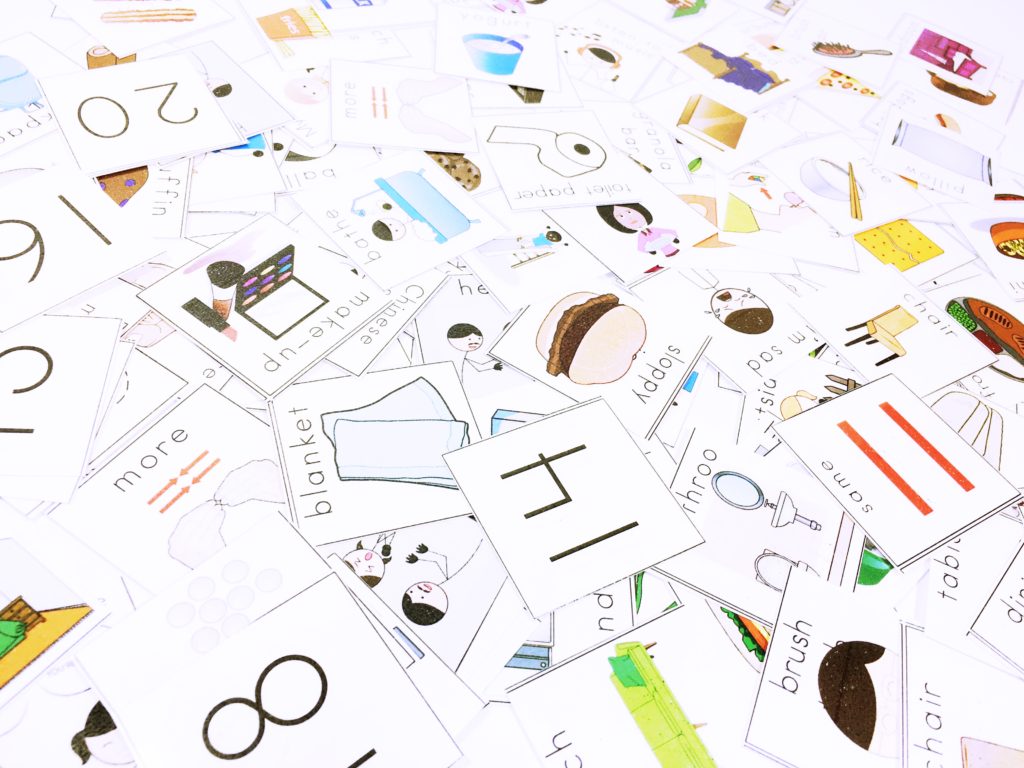
PECS Phase 1
This is the first phase to PECS and may be challenging for some of our students. During this phase, you would model exchange of a single picture for a desired item for your student. For example, if they are reaching for a ball to play with, you would model giving the ball picture in exchange for the actual toy. This can be used during meal times as well! Instead of allowing the student to just reach for and take desired foods, have them give you the picture of the food they want. During snack time at school, have the student hand you the pretzels picture prior to being given the pretzel snack. Model the single picture exchange with other students and teachers to help the student understand the importance of communication as a tool to having their needs met. Once the student is consistently exchanging single pictures within the classroom environment, they may be ready for phase 2!
PECS Phase 2 (Distance and Persistence)
This phase involves continuing the exchange of single pictures but with different people and in different places. For example, once the student is comfortable and consistently exchanging a single picture to request in the classroom, have them try using a picture to obtain a desired item at recess or in their specials. Be sure to explain how the PECS system works to staff and how you would like the student to be using the pictures. For example, meet with a recess monitor prior to your students recess time and explain that the student must give him or her a picture prior to choosing something to play with during that time. You can then prepare the student and provide them with prompts to give the monitor a picture prior to getting a jump rope, for example. You could also collaborate with cafeteria staff and use the “Lunch” page” to have the student request something during that time of day.
PECS Phase 3 (Picture Discrimination)
Once the student is comfortable exchanging single pictures across environments, they are ready to begin to use the PECS communication book. Using the organized pictures and pages provided in the bundle, you would now create a book or binder! Velcro is great to use for your PECS book and allows pictures to be easily swapped out. For example, if the student is choosing what they would like to do for free time in the classroom, you may put a few of their options on a page. Use something like the “I want to play” page and only have the pictures on the page that the child is allowed to choose from at that time. For example, if blocks, puzzles, and computer are the only options, those should be the only pictures available on the page. The student can then go to the page and make a choice for what they would like to do at that time!
PECS Phase 4 (Sentence Structure)
This is where the “I want” and “I feel” pages come into play! Students will use these sentence strips to begin formulating simple sentences. We have now progressed from selecting single pictures to request to using a simple sentence to communicate. Students will have the ability to “fill-in-the-blank” when formulating simple sentences to request using “I want..” and can express how they are feeling using the “I feel..” sentence strip. Have the student point to each word after they have filled in the blank to show their complete sentence.
PECS Phase 5 (Responsive Requesting)
Now that our students are consistently using pictures to request and are formulating simple sentences, they are ready to begin to use the PECS to respond to questions. For example, “What do you want for snack today?”. The student could then formulate a simple sentence (e.g. “I want ___”). This could be a great way to include students during circle time as well! Incorporate use of the “days” page and have your students respond to “What day is it?”.
PECS Phase 6 (Commenting)
At this phase, students are doing wonderfully with requesting and are ready to move on and use more functional communication. Students are taught to comment in response to a variety of questions and can make up new sentences. For example, using the “food” page, students can comment on their meal (e.g. “It’s yummy” or “I want more”). However, it may be time to move to a more high-tech communication device if your student is ready to begin using a variety of sentence structures!
By following the phases of PECS you are surely setting your students up for successful communication in the classroom. I hope that this communication book bundle and the ideas above provide you with all that you need to get started using PECS! If you are looking for more information on PECS and how to use the system with your students, visit their website here! https://pecsusa.com/
Like what you read? Don’t forget it, PIN IT!
